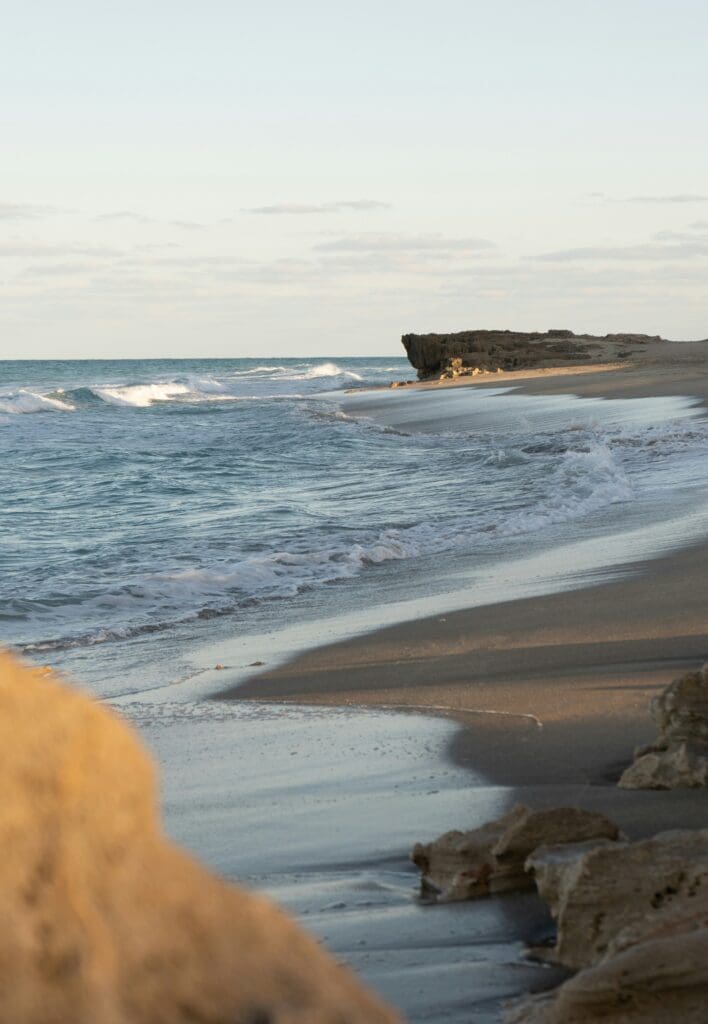Florida
State Name: Florida
Capital City: Tallahassee
Population: Approximately 22 million (2024 est.)
Official Language: English
Currency: United States Dollar (USD)
Time Zone: Eastern Time Zone (ET), UTC -5




Diving Overview
Florida offers a range of diving experiences, from warm tropical waters to intriguing underwater ecosystems. Its diverse marine environments include coral reefs, shipwrecks, and artificial reefs, making it a prime destination for divers of all skill levels.
- Number of Dive Sites: Over 1,000
- Types of Diving: Reef, wreck, cave, and drift diving.
- Marine Biodiversity Highlights: Manatees, sea turtles, sharks, rays, and various species of tropical fish.
- Average Water Temperatures: 21-29°C (70-84°F)
- Visibility Range: 15-30 meters (50-100 feet)
Important Information
Optimal Dive Seasons
The best diving conditions in Florida are from late spring to early fall (May to September), when the waters are warmest and visibility is at its best.
Major Airports
Miami International Airport (MIA), Orlando International Airport (MCO), Fort Lauderdale-Hollywood International Airport (FLL)
The Travel Tip
A 3mm wetsuit is generally sufficient for most Florida dive sites, but consider a 5mm wetsuit for colder waters in the winter months.
Weather Patterns
Florida has a subtropical to tropical climate, with warm temperatures year-round. Summer can be hot and humid, while winter temperatures are mild and pleasant.
Internal Transportation
Transportation options include rental cars, buses, and a network of ride-sharing services. Florida’s extensive highway system facilitates easy travel between dive sites.
Attractions
Notable attractions include the vibrant city of Miami, the Everglades National Park, the Florida Keys, and theme parks in Orlando like Disney World and Universal Studios.
Top Dive Regions
Florida is renowned for its diverse diving opportunities, ranging from vibrant coral reefs to historic shipwrecks and unique underwater formations. The state’s extensive coastline offers a variety of dive sites suitable for all levels of experience. The Florida Keys are famous for their extensive coral reef system, including the John Pennekamp Coral Reef State Park, which is part of the only living coral barrier reef in the continental U.S. West Palm Beach is known for its proximity to the Gulf Stream, which brings in a variety of marine life, including large pelagic species. Crystal River provides the unique opportunity to dive with manatees in their natural habitat. Finally, Destin offers both artificial reefs and natural rock formations, creating a dynamic underwater environment for divers.

The Florida Keys
Known for their extensive coral reef system and vibrant marine life, making them ideal for reef and wreck diving.

West Palm Beach
Offers proximity to the Gulf Stream and a variety of marine life, including large pelagic species, making it great for drift diving.

Crystal River
Provides a unique experience to dive with manatees in their natural habitat, offering a gentle and memorable underwater encounter.

Destin
Offers both artificial reefs and natural rock formations, creating diverse underwater environments for various diving experiences.
Marine Life
Florida’s diverse marine environments, spanning both the Atlantic Ocean and the Gulf of Mexico, offer a rich array of diving experiences. The coral reefs of the Florida Keys, along with shipwrecks and artificial reefs, provide vibrant underwater ecosystems. Popular dive sites include the warm, clear waters around Key Largo, the colorful reefs near Key West, and the historic wrecks of Miami and Palm Beach. Florida’s marine environments are home to a wide range of species, including colorful reef fish, large pelagic species, and various types of invertebrates. The state’s unique underwater landscapes are supported by its warm, nutrient-rich waters, making it a top destination for marine biodiversity and underwater exploration.
Common Species: Reef fish such as parrotfish, angelfish, and groupers; large pelagic species including barracudas and sharks; and various invertebrates like sea urchins and sponges.
Seasonal Highlights: The best diving conditions are typically from spring to fall, with excellent visibility and warm water temperatures. Shark sightings are more common during certain seasons, and the warm waters support a wide variety of marine life year-round.
-
Dive sites in Florida Keys
The Florida Keys, a tropical paradise stretching over 120 miles off the southern tip of Florida, is an idyllic haven for divers and underwater enthusiasts. This archipelago, comprising a string of coral islands, is globally renowned for its stunning dive…
-
Overview of Channel Islands (California)
Introduction Overview The Channel Islands, located off the coast of Southern California, comprise eight remarkable islands that form an archipelago. These islands are celebrated for their unique ecological environment and their critical role in marine conservation. Both scuba diving enthusiasts…
-
Overview of Florida Keys
The Florida Keys, an enchanting coral cay archipelago, are a diver’s paradise. Spanning 120 miles along the southern coast of Florida, they offer warm azure seas teeming with life unparalleled anywhere else in the world. Each island in the chain…
-
Dive sites in Channel Islands – California – USA
Dive Sites in Channel Islands (California) Introduction Welcome to the Channel Islands: California’s best kept underwater secret. Off the southern coast of California, the Channel Islands provide a beautifully diverse diving experience that is second to none. The unique ecosystems…
-
A Guide to the Best Diving Destinations In US
Are you excited to discover mysteries of the underwater world? The ocean’s bottom is adorned with colorful coral reefs and historical shipwrecks. There are innumerable dive sites worldwide that await discovery. Does not matter whether you are a beginner or…



